
Coffee: A ritual
This was a group project during which we collaborated with the Glass Lab, a design program of the Corning Museum of Glass. Throughout this project we set out to explore the interconnections between the Rust Belt, Corning Museum of Glass (both its history and glass technique innovations), and the coffee culture in the region.
Collaborators: Naomi Flores and Isabelle Gulick | Time Frame: August - December 2014 | Featured on: 360 Design Exhibition, 2014 and ICFF Product Showcase, 2015
Exploring the context
In the 1960-80s, what is now known as the
Rustbelt was a booming industrial region, but it wasn’t long before increased automation
and globalization, produced a great decline in the area, leaving many factories abandoned.
At the same time, Wendell Castle was exploring furniture with a strong rejection towards mass production. As a result of these two polarizing movements, mainly in terms of quality and personalization, small scale art, design, and businesses have become a larger
part of the region’s identity and economy.
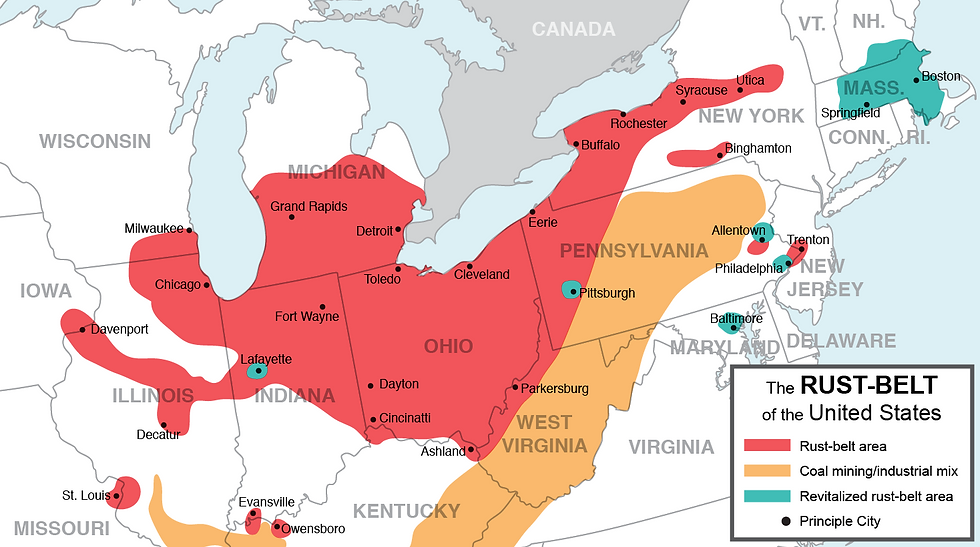
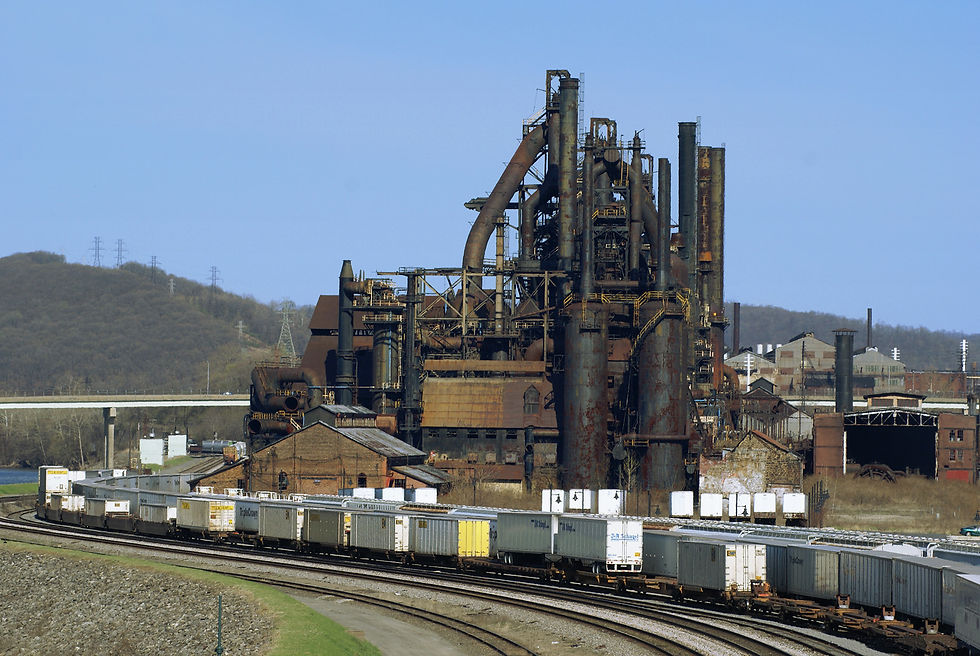

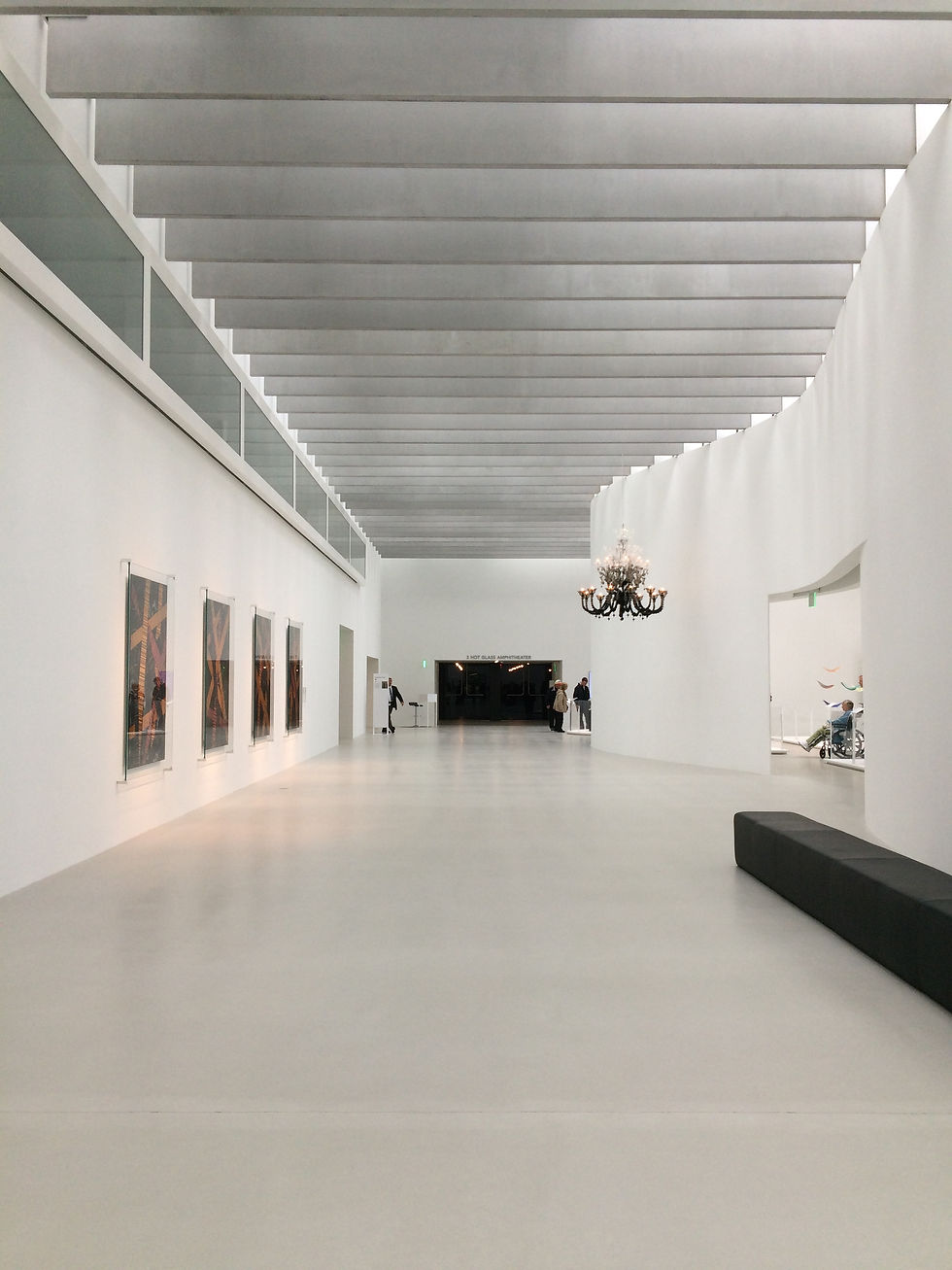
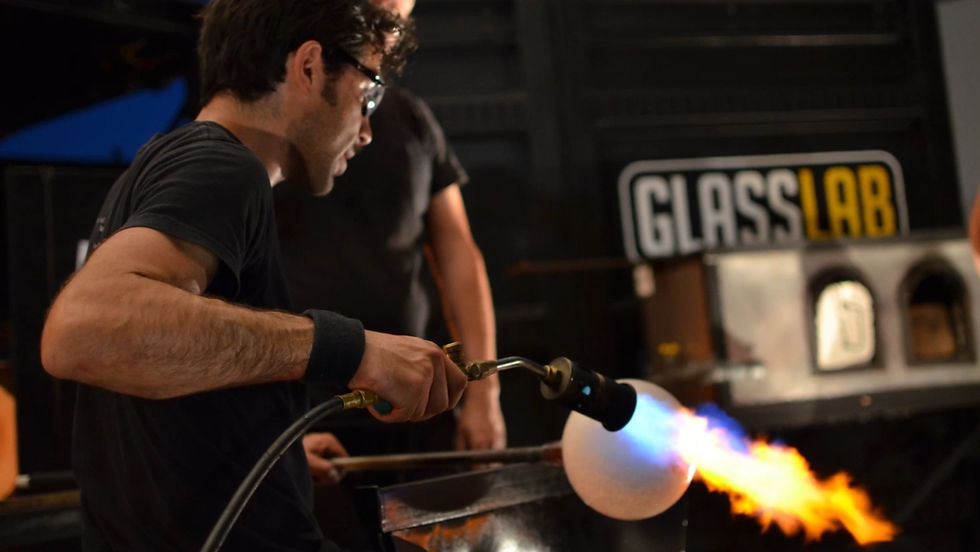
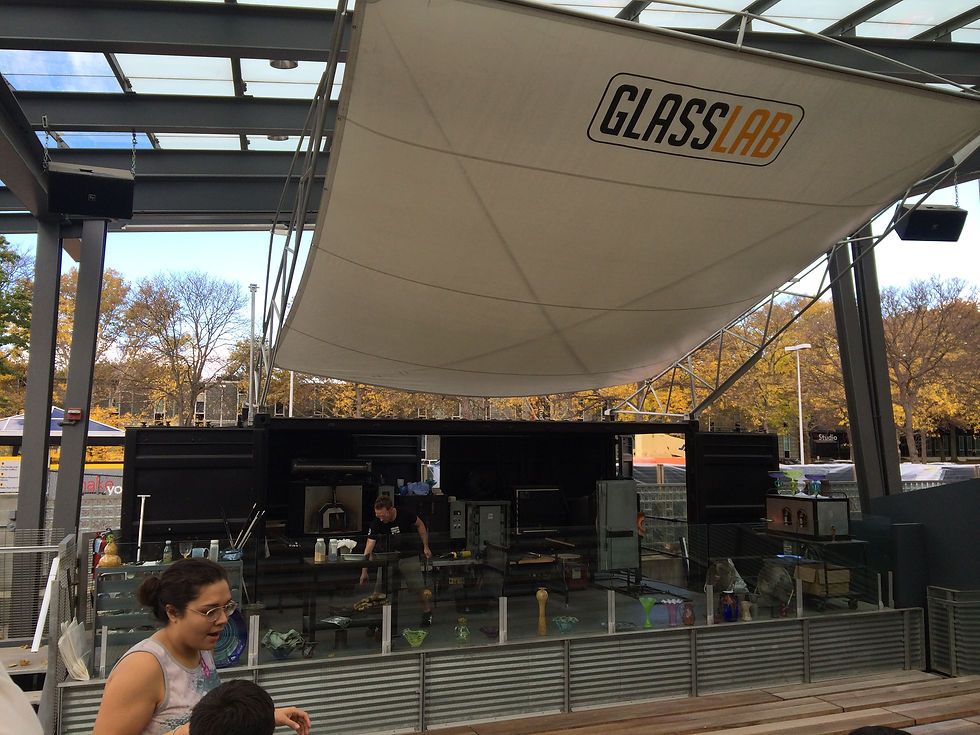
Corning Museum of glass + Glasslab
This project was done in collaboration with GlassLab, a design program of Corning Museum of Glass. Corning Museum of Glass houses glass history from over 3,500 years, but most importantly, it focuses on the future of glass through innovation, education, and by sharing the experience of glass. This is especially exemplified through the GlassLab’s projects and collaborations.
coffee culture + its presence in Syracuse
Upon exploring the experience of coffee and
local coffee shops and roasters, including Kind Coffee and Smith Coffee Roasters, we found that there is often a disconnect between the experience of drinking coffee and the process that leads to the making of coffee. We also identified the experience of coffee as a ritualistic experience, one that involves a story, a place, and accurate measurements and temperatures, which are ultimately part of a holistic process.
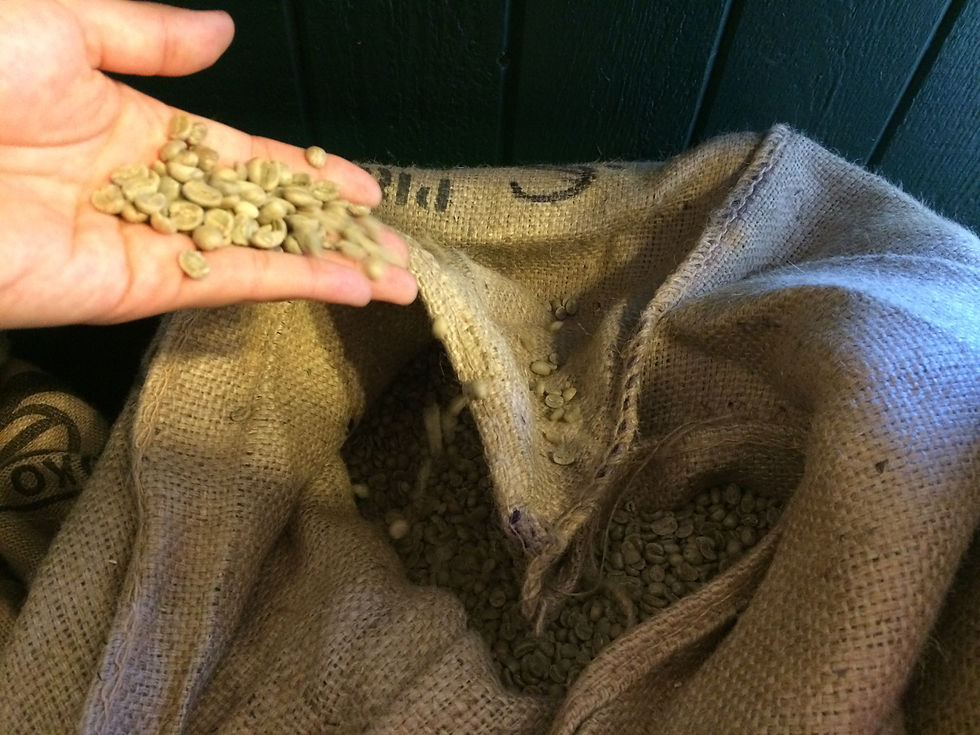
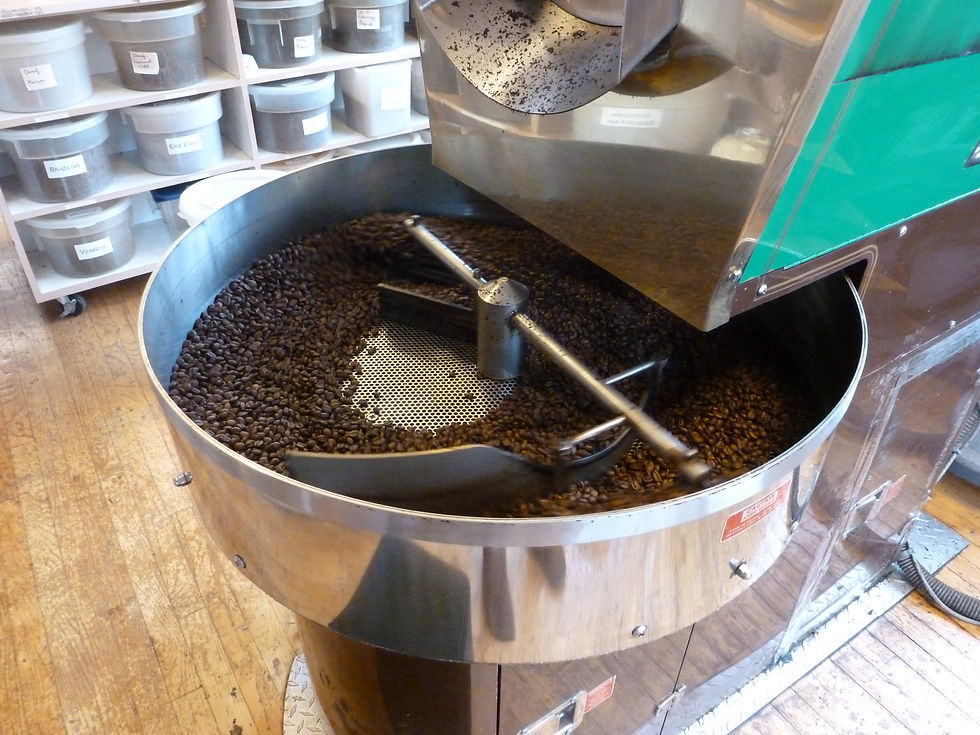
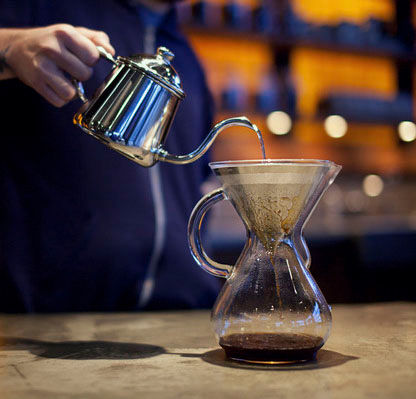
How can glass enhance the ritual of coffee, while remaining functional, delicate, and beautiful?
Form Exploration
We initially explored the idea of the vessel serving as a drinking and measuring device. However, we later shifted our focus towards the elegance of the vessel and how it responds to the ritualistic experience of coffee.
The experience of coffee is unique to every coffee drinker. In order to adapt the design to most coffee drinkers, the final design consists of a double sided vessel.The smaller cavity is meant for an espresso shot and the larger for cafe latte, cappuccino, and other types of coffee.





learning in
the making
After making the glass prototype, we learned more about the glass blowing process and realized that the design of our product had to be modified. We realized that, as a resutl of the folding glass, the measurement of the bigger mouthpiece became larger post suction. More importantly, since the cup is designed so that both ends of the cup are suctioned in, a ‘vent’ is necessary.
Two possible solutions to the manufacturing problems are: (1) to integrate a suction hole in the design or (2) substitute one of the suctioned pieces for a different material.
The root Experience
Our product is made up of two main components. The first being the glass cup and the second a wooden drip brew stand (ideally produced in collaboration with canadiano tm) that also serves as packaging for the product. The product is accompanied by a booklet that introduces users to the basics of coffee and the presence of coffee in the local area.









Embracing the elegance, beauty, and functionality of the ritualistic experience
of drinking coffee.